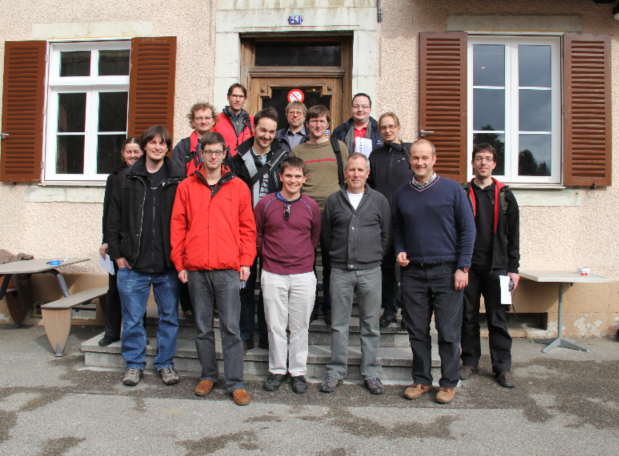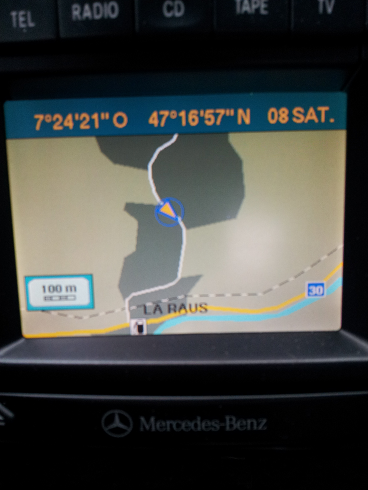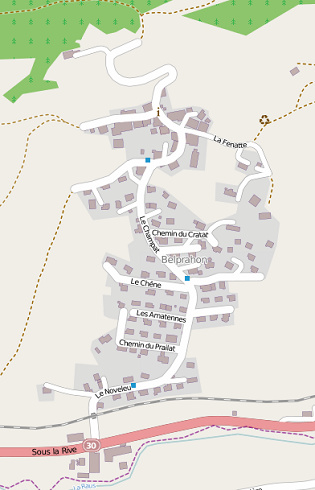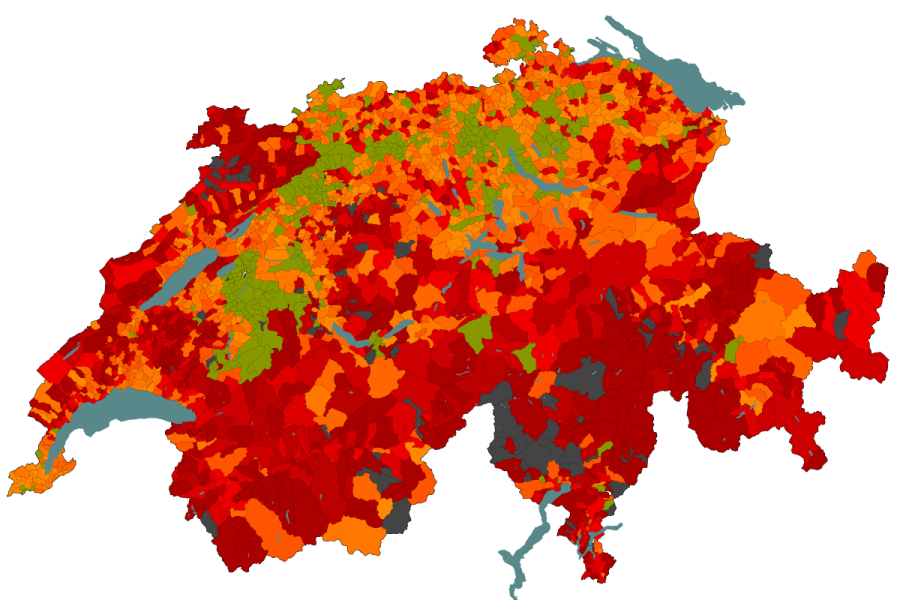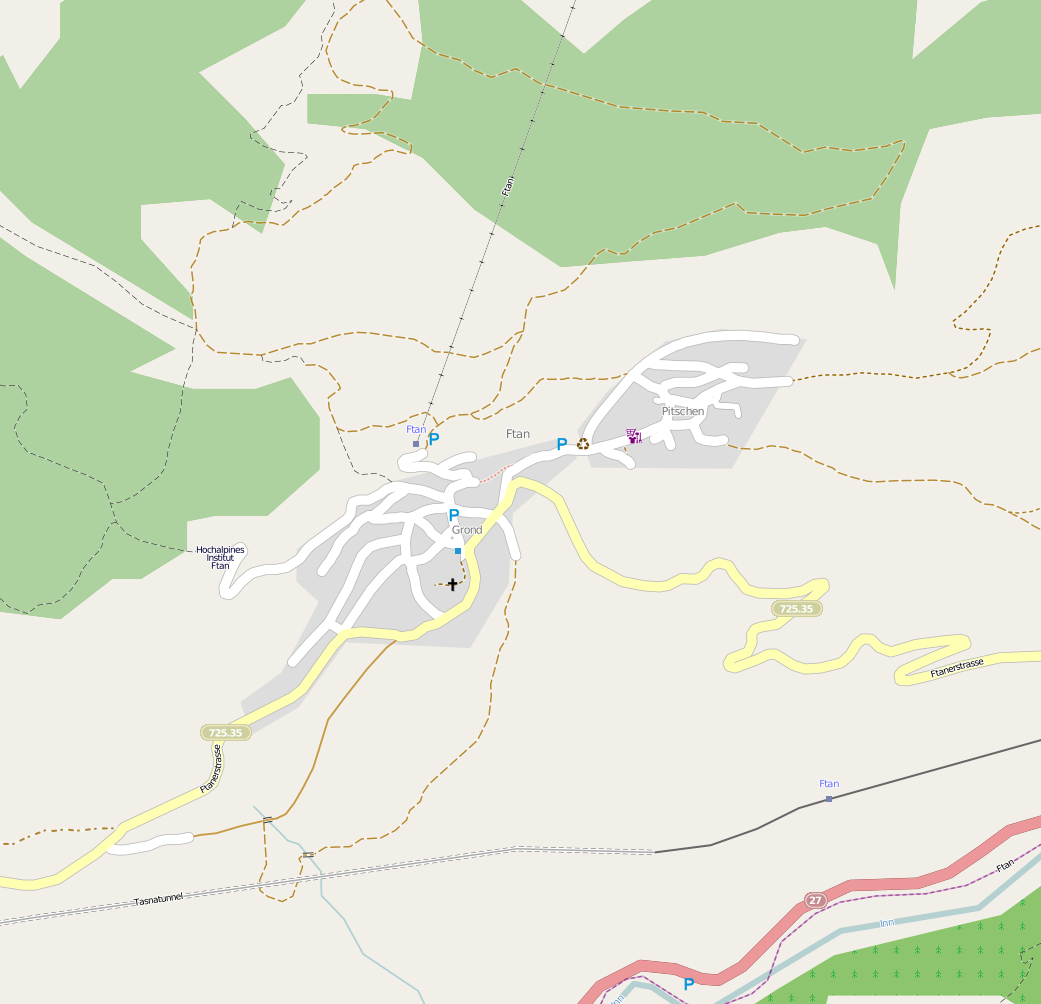Mid October 2012 I produced updated statistics on road lengths in OSM for Switzerland, a year later it is time for an update.
The statistics show an increase of a total of at least 23’000 km from 152’000 km a year ago to 175’000 km now. As already seen in the last update the length of all roads with higher classification does not show much movement, a clear indication that the major road network is very complete.
Growth is mainly due to the increase in minor roads, tracks and paths mapped, which in turn is likely to have been driven by improved coverage with aerial imagery in 2013.
Detailed Numbers
| OSM classification | length (km) | length (km) | ||||||
|---|---|---|---|---|---|---|---|---|
| motorway | 1’508 | 50% of the length of one-way segments | 3’009 | one-way segments counted fully | ||||
| motorway_link | 343 | “ | 684 | “ | ||||
| trunk | 365 | “ | 515 | “ | ||||
| trunk_link | 54 | “ | 106 | “ | ||||
| motorway + trunk | 2’270 | 4’314 | ||||||
| primary | 4’973 | includes _link | ||||||
| secondary | 5’382 | “ | ||||||
| tertiary | 10’978 | “ | ||||||
| unclassified | 18’326 | “ | ||||||
| residential | 25’858 | |||||||
| service | 8’750 | service=alley and unspecified | ||||||
| driveway | 1’052 | service=driveway | ||||||
| parking aisle | 1’002 | service=parking_aisle | ||||||
| track | 16’313 | tracktype unspecified, neither foot or bicycle = designated | ||||||
| track grade 1 | 11’454 | neither foot or bicycle = designated | ||||||
| track grade 2 | 20’176 | “ | ||||||
| track grade 3 | 11’688 | “ | ||||||
| track grade 4 | 3’390 | “ | ||||||
| track grade 5 | 2’129 | “ | ||||||
| track total | 65’150 | |||||||
| path | 22’180 | neither foot or bicycle = designated | ||||||
| pedstrian | 365 | |||||||
| footway | 7’354 | plus path and track with foot=designated | ||||||
| cycleway | 1’196 | plus path and track with bicyle=designated | ||||||
| combined cycleway / footway | 578 | track, path, cycleway and footway either with explicit or implicit designated values for foot and bicycle | ||||||
| Total | 175’404 |




 The railway network was completed in 2010 in OSM. Interestingly, the length continued to grow. By now, most of the network is mapped with track accuracy.
The railway network was completed in 2010 in OSM. Interestingly, the length continued to grow. By now, most of the network is mapped with track accuracy.


